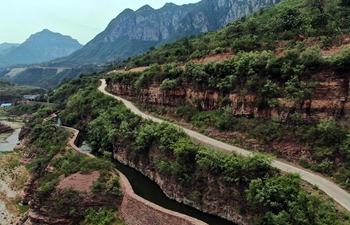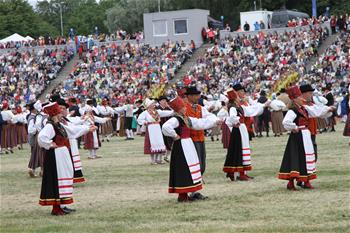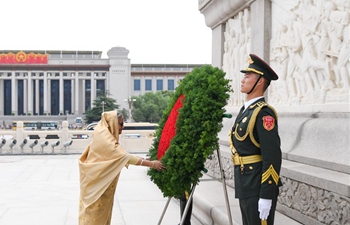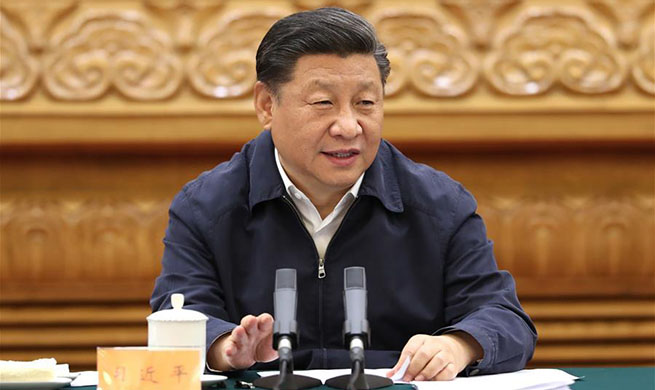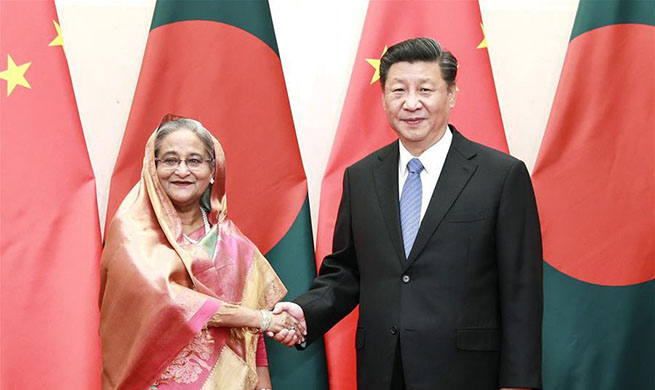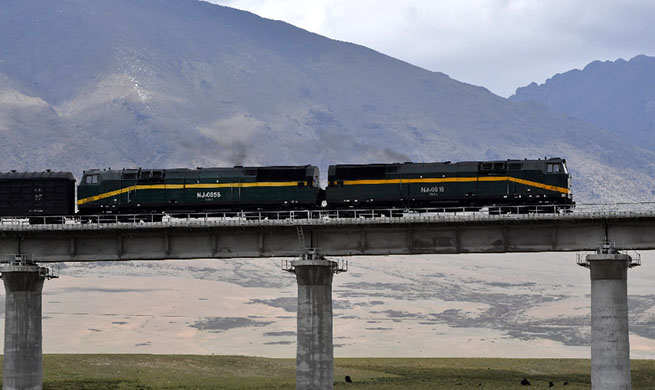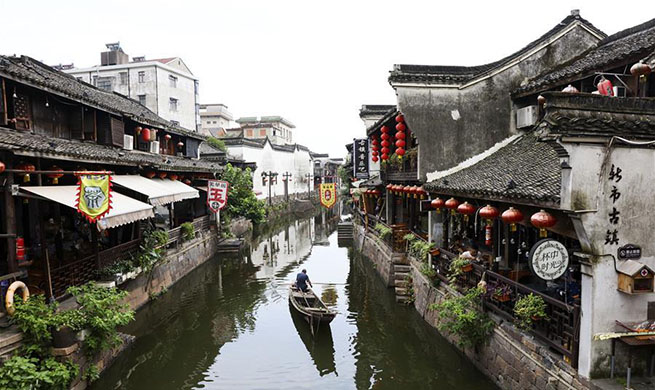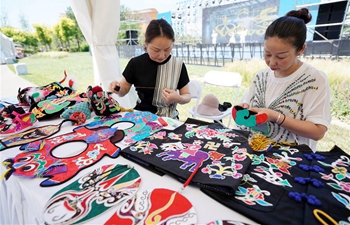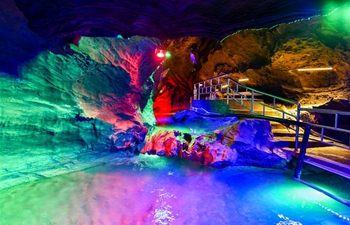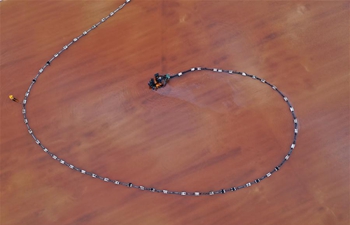MANILA, July 5 (Xinhua) -- The Asian Development Bank (ADB) said on Friday that it has approved a 235-million-U.S. dollars loan to help develop a bus rapid transit (BRT) system with innovative energy and climate resilience features that will enhance access to quality public transport for people in Karachi, Pakistan’s largest and most populated city.
The Manila-based bank said the Karachi Bus Rapid Transit Red Line Project will deliver the 26.6-km Bus Rapid Transit Line Red Line corridor and associated facilities benefiting as many as 1.5 million people, about 10 percent of Karachi’s population, who live within a km of a Red Line BRT station.
More than 300,000 passengers per day are expected on the Red Line BRT routes, the multilateral development finance institution said.
ADB said it will partially administer two 100 million U.S. dollars loans from the Asian Infrastructure Investment Bank (AIIB) and the Agence Francaise de Developpement to jointly finance the project’s civil works and equipment costs.
“There is a need for a more sustainable, reliable, safe, and gender and environment-friendly transportation system in a city as dense and rapidly growing as Karachi. A sustainable transportation system will not only solve the city’s mobility issue but also its growing pollution problem,” said ADB Principal Urban Development Specialist (Transport) for Central and West Asia David Margonsztern.
“The BRT system, with its innovative features, will address all these issues, improving the overall quality of lives of people in the city,” he added.
ADB said the project will restructure the entire width of the Red Line BRT corridor, including the construction of 29 stations and dedicated lanes along the 26.6 km stretch; improvement of the mixed-traffic roadway with up to six lanes in each direction; inclusion of on-street parking and landscaped green areas in various locations; improvement of the drainage system to climate-proof the corridor; and installation of non-motorized transport infrastructure such as bicycle lanes, improved sidewalks, and energy-efficient street lights.




